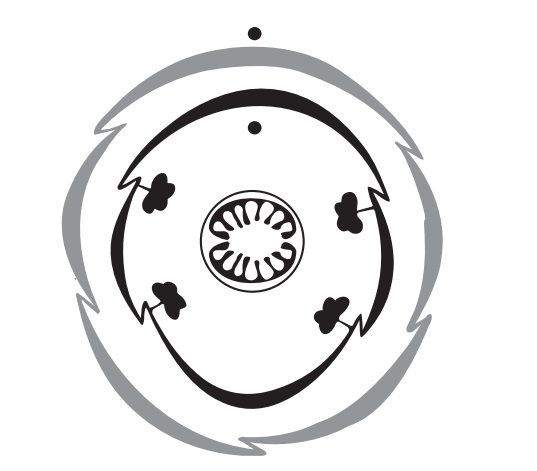Scrophulariaceae
| Home | | Pharmacognosy |Chapter: Pharmacognosy and Phytochemistry : Study of Different Families
Leaves are simple, alternate, opposite or whorled, exstipulate, and sometimes exhibit heterophylly.
SCROPHULARIACEAE
Habit: These are mostly herbs and under-shrubs.
Leaves: These are simple, alternate, opposite or whorled,
exstipulate, and sometimes exhibit heterophylly.
Inflorescence: This is usually racemose (raceme or spike),
and sometimes cymose (dichasium). It can be axillary or terminal. The flowers
are solitary in some species.
Flowers: These are zygomorphic, two-lipped and some-times
personate. They often have a great diversity of form. They are bisexual and
hypogynous. Bracts and bracteoles are generally present.
Calyx: The sepals are (5), gamosepalous, five-lobed and
often imbricate.
Corolla: The petals are (5), gamopetalous, often two-lipped
and sometimes spurred or saccate. They are medianly zygomorphic, very rarely
regular (as in Sco-paria), and
imbricate.
Androecium: The stamens are four, didynamous, some-times
two, arching over in pairs. The posterior stamen is absent or a staminode. The
anthers are divaricate.
Gynoecium: The carpels are (2) and syncarpous. The ovary is
superior, bilocular and antero-posterior (and not oblique as in solanaceae). The placentation is axile. The stigma
is simple or bilobed. There are usually many ovules, though sometimes only a
few. The disc is ring-like around the base of the ovary, sometimes unilateral.
Fruit: This is mostly a capsule and sometimes a berry.
Seeds: These are usually numerous, minute and endospermic.


Examples : Digitalis purpurea, brahmi (Baccopa monnieria), etc.
